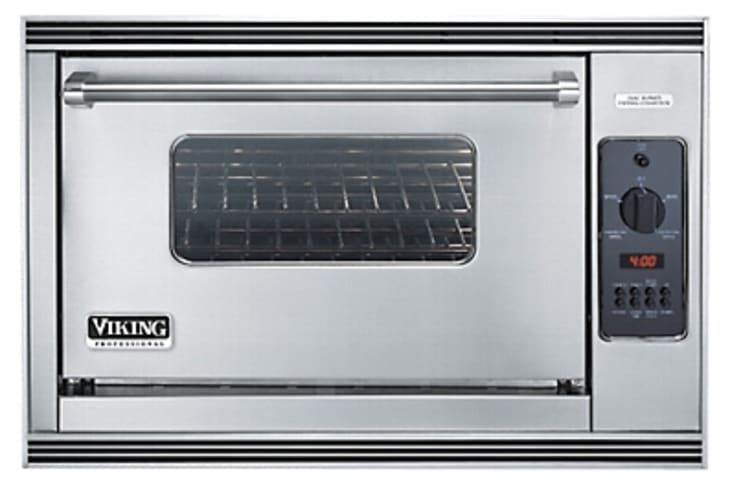What Is a Convection Oven, and How Does It Work?
What is a convection oven, and what does it do? Is it really that helpful in the kitchen? It’s very simple, really: It’s all about the fan.
A convection oven deals with the problems of hot spots and uneven cooking like MaryWynn asked about yesterday by using a fan to circulate air and keep the temperature more steady. So, basically, a convection oven, in popular terminology, is an oven with a fan inside.
Now, certain more scientifically-oriented members of the family would like to point out that all ovens are technically convection ovens. What is convection, from a scientific point of view? It’s the natural circulation of heat created by temperature differences. So any oven will have these “convection currents” of heat and air. But a “convection” oven forces an even circulation of heat through use of its fan, so these ovens really ought to be called “forced convection ovens.”
How do convection ovens affect baking? Well, most convection ovens will cook your food faster, since the circulating air transfers heat faster to the food baking in the oven.
So convection ovens are really quite simple: They help bake or roast your food faster by using a fan to get the heat circulated more quickly and evenly.
Now, this convection effect isn’t great for all foods. Emma mentions some foods that are best baked with convection fans in this post, as well some that are not. Cookies and breads, for instance, are best baked in a more humid environment. A convection fan will dry out the oven much quicker, so it’s best to bake cookies or bread without the convection on.
Most convection ovens have the option to turn the fan on or off, so you can choose the right baking environment.
Read more about convection at Fine Cooking:
• Better Cooking Through Convection at Fine Cooking
Does your oven have a (forced) convection option? What do you think of it? Has it been helpful and worth it?
(Image: Viking)
